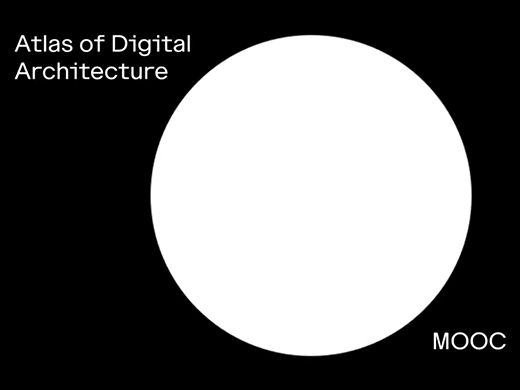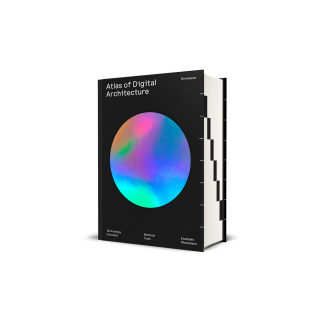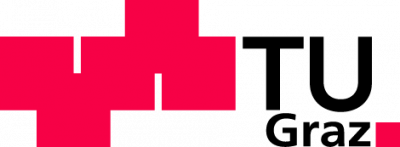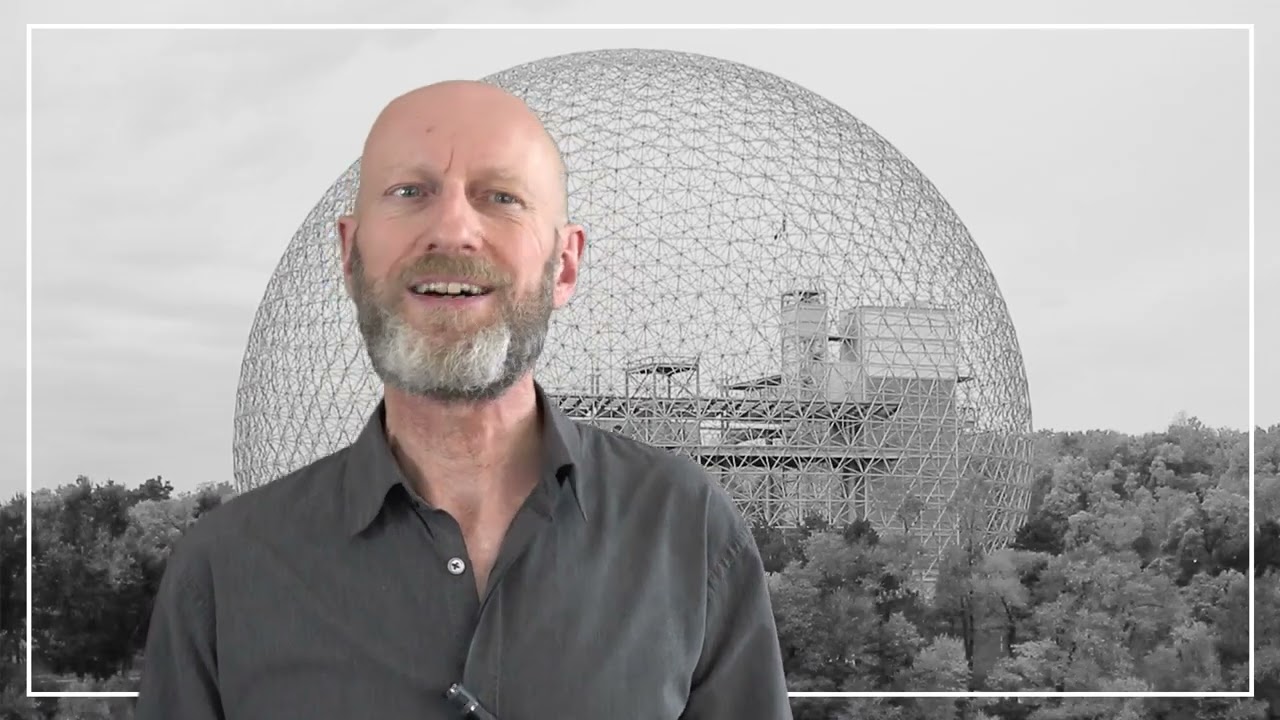


Atlas of Digital Architecture
Graz University of Technology
Urs Hirschberg (TU Graz), Ludger Hovestadt (ETH Zürich), Oliver Fritz (HTWG Konstanz)
Informazioni
Trailer per Atlas of Digital Architecture
Informazioni generali sul corso
Digital technology and architecture have become inseparable, with new
approaches and methodologies not just affecting the workflows and
practice of architects, but shaping the very character of architecture. This MOOC is named after and based on the Atlas of Digital Architecture, a compendious textbook about the myriad ways in which computers are used in architecture today. Through a series of engaging, episodic online lectures and discussions, the MOOC offers an introduction and orientation to the fascinating and fast changing world of digital architecture.
The Atlas of Digital Architecture, the book that this MOOC is based on, brings together the knowledge of two dozen university professors and lecturers from the German speaking world, many of whom feature in this MOOC, sharing their vast range of expertise. The book was written by London-based writer Sebastian Michael who also acts as the presenter of the course in the videos.
This is the first of five MOOCs that the group is preparing to eventually represent the whole thematic breadth of the book. Each episode provides both a historical perspective and a conceptual outlook to
convey a sense of continuity between past, present, and future. Going beyond the confines of the traditional textbook, the Atlas also
postulates a theoretical framework for architecture in the 21st century, which is reflected in this MOOC.
The
MOOC is mostly in English, though German is spoken in some of the discussions
and lectures. Note that subtitles in both English and German are
available throughout for all videos.
Contenuto
Contenuto del corso
Structured into six parts, the Atlas of Digital Architecture offers an orientation to the myriad ways in which computers are used in architecture today, such as: 3D Modelling and CAD; Rendering and Visualisation; Scripting, Typography, Text & Code; Digital Manufacturing and Model Making; GIS, BIM, Simulation, and Big Data & Machine Learning, to name but these.
This is the first of five MOOCs that the authors are preparing to eventually represent the whole thematic breadth of the book. Just as with the chapters in the Atlas, the units are independent of each other and things learned in one aren't taken as prerequisites for other units. Rather than following the sequence of topics of the Atlas, this first MOOC assembles topics from different parts of the book. After the Introduction we learn about Digital Data Acquisition, Computer Aided Design, Generative Methods and Visualisation.
Obiettivi del corso
The course provides an overview and a basic understanding of the topics covered. Each unit includes a lecture as well as an informal discussion between the experts and students. An important part of each topic is the historical perspective: How were the methods developed that are currently state of the art? What were their precursors? When were important breakthroughs made? Each unit also includes a portrait of a historical figure that made important contributions to the development. You learn about Albrecht Meydenbauer, the inventor of photogrammetry, in the unit about Digital Data Acquisition. In the unit about CAD you are introduced to Ivan Sutherland, whose software 'Sketchpad' is known as the first CAD program. Based on this historical perspective, participants learn what the
current state of the art of a given method or technology looks like and
how they impact architectural practice.
The units are informative, but they are also meant to be thought-provoking.
In the Introduction, the impressive intellectual panache of the young Renaissance nobleman Pico de la Mirandola and his Oration On The Dignity of Mankind are presented and discussed. Just as Pico over five hundred years ago, we are currently entering a new age, the digital age. To cope with the changes this new era brings about, we need to take stock, just as Pico did. And we need to boldly look ahead: The era we are embarking on requires a new kind of thinking, a Digital Renaissance.
Conoscenze pregresse
This course is intended for students as well as professionals of architecture or other design oriented disciplines. No prior knowledge is necessary other than a basic familiarity with computers and an interest in digital methods and tools in architecture and design.
Procedura del corso
The course is composed of five weekly units. Each units is independent and can be understood without having previously studied any of the other units. A questionnaire at the end of each units is taken to ensure and consolidate participant's understanding of the content covered.
Certificato
For actively participating in the course you will receive an automatic certificate which includes your username, the course name as well as the completed units. We want to point out that this certificate merely confirms that the user answered at least 75% of the self-assessment questions correctly.
Istruttore del corso

Urs Hirschberg (TU Graz), Ludger Hovestadt (ETH Zürich), Oliver Fritz (HTWG Konstanz)
The MOOC is named after and based on the Atlas of Digital Architecture, the textbook two dozen university professors and lecturers from the German speaking world put together with the help of London-based writer Sebastian Michael who also acts as the moderator of the course in the videos. Urs Hirschberg, professor of Architecture and Media at Graz University of Technology and one of the book's contributing editors, coordinates the production of the MOOC in close coordination with co-editors Oliver Fritz (HTWG Konstanz) and Ludger Hovestadt (ETH Zürich).Besides Sebastian Michael and the editors, the experts of this first MOOC are Ruth Berktold, Dominik Lengyel, Philipp Schärer and Nikolaus Zieske. TU Graz students Sandra Sulzer and Nikolas Keuschnig are part of the discussions to clarify the topics with their questions.
More information about the Atlas and its editors and contributors can be found at https://www.atlasofdigitalarchitecture.com/Accesso e iscrizione Attualmente: 550 Partecipanti
Gratuito per tutti € 0.00
Partner

Graz University of Technology
Graz
